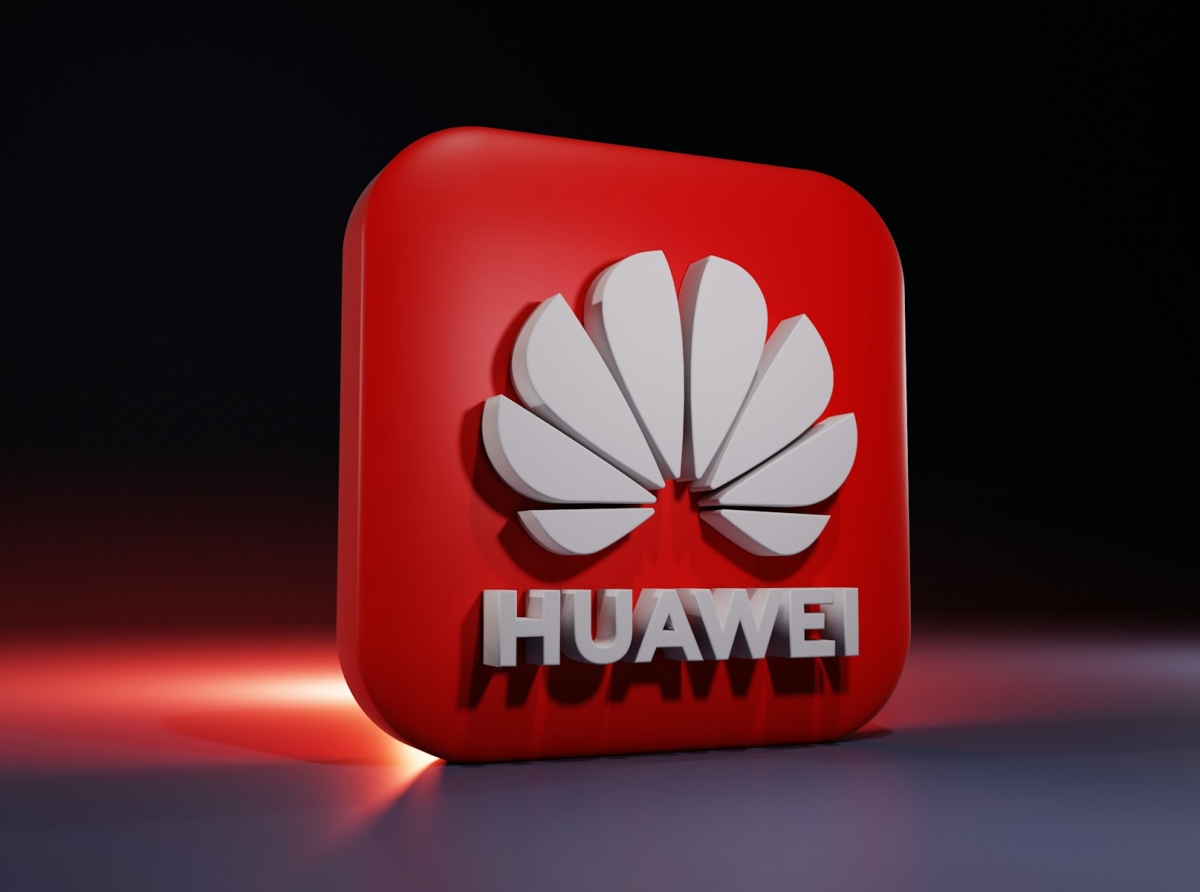Huawei Goes Open Source: A Bold Step Toward Global AI Leadership

Huawei Goes Open Source: A Bold Step Toward Global AI Leadership
In a bold move aimed at solidifying its position in the global artificial intelligence (AI) race, Huawei , the Chinese tech giant, has announced the open-sourcing of two of its Pangu AI models and certain data-processing technologies.
This strategic decision aligns with Huawei’s broader efforts to overcome U.S.-imposed export restrictions on advanced AI chips while fostering an ecosystem that promotes widespread adoption of its AI solutions.
The announcement comes as part of Huawei’s "Ascend Ecosystem Strategy," which seeks to accelerate AI integration across industries and drive international growth.
By making its Pangu models open-source, Huawei is positioning itself not only as a key player in AI development but also as a provider of end-to-end hardware and software solutions powered by its proprietary Ascend AI chips—a direct competitor to Nvidia’s dominance in the AI chip market.
This strategic decision aligns with Huawei’s broader efforts to overcome U.S.-imposed export restrictions on advanced AI chips while fostering an ecosystem that promotes widespread adoption of its AI solutions.
The announcement comes as part of Huawei’s "Ascend Ecosystem Strategy," which seeks to accelerate AI integration across industries and drive international growth.
By making its Pangu models open-source, Huawei is positioning itself not only as a key player in AI development but also as a provider of end-to-end hardware and software solutions powered by its proprietary Ascend AI chips—a direct competitor to Nvidia’s dominance in the AI chip market.

Huawei Goes Open Source: A Bold Step Toward Global AI Leadership
Why Open-Source Matters for Huawei
Open-sourcing AI models has become a critical trend in the tech industry, enabling developers and enterprises to customize, test, and deploy models tailored to their specific needs.For Huawei, this strategy serves multiple purposes:
Strengthening Its AI Ecosystem
By opening up its Pangu models, Huawei is encouraging developers, researchers, and businesses worldwide to integrate these tools into their workflows. This approach helps build a robust community around Huawei’s AI offerings, driving demand for its underlying hardware—particularly the Ascend AI chips.
Countering U.S. Export Restrictions
The U.S. ban on selling advanced semiconductors to Chinese companies like Huawei has forced the firm to innovate within constraints. Open-sourcing its AI models allows Huawei to circumvent some of these limitations by leveraging external contributions and collaborations, effectively expanding its reach without relying solely on restricted technologies.
Targeting Emerging Markets
Analysts suggest that Huawei’s strategy will resonate strongly in developing countries, where cost-effective solutions are highly valued. By offering accessible, open-source AI tools, Huawei can attract enterprises looking for affordable yet powerful AI capabilities.
Competing Globally
While competitors like Baidu focus on large language models with broad applications, Huawei has carved out a niche in specialized AI models designed for sectors such as government, finance, and manufacturing. This targeted approach differentiates Huawei from rivals and positions it as a leader in industry-specific AI solutions.
The Pangu Series: Specialized AI for Industry
Unlike general-purpose models like those developed by Baidu or DeepSeek, Huawei’s Pangu series focuses on solving specific challenges faced by various industries. For example:Government : Enhancing smart city management through predictive analytics.
Finance : Automating fraud detection and risk assessment.
Manufacturing : Optimizing supply chains and improving production efficiency.
These specialized models reflect Huawei’s deep understanding of enterprise needs and its commitment to delivering practical, scalable AI solutions. According to Mark Einstein, Director of Research at Counterpoint Research, “Huawei doesn’t need to compete head-to-head with software powerhouses like Baidu or DeepSeek. Instead, it leverages its strengths in hardware optimization and industry expertise to create unique value propositions.”
A Strategy Resembling Google’s Approach
Huawei’s "chip-to-model" strategy bears resemblance to Google’s integrated approach to AI development. Like Google, which designs both AI chips (e.g., Tensor Processing Units) and open-source models (e.g., Gemma), Huawei aims to provide comprehensive AI solutions that seamlessly integrate hardware and software.Ray Wang, Principal Analyst at Constellation Research, noted, “Huawei’s strategy mirrors Google’s in many ways—it controls both the foundational technology (chips) and the application layer (models). By open-sourcing its models, Huawei is inviting global participation, much like how Google fosters innovation through its open-source initiatives.”
This synergy between hardware and software enables Huawei to optimize performance and energy efficiency, giving its products a competitive edge in markets where customization and adaptability are crucial.
Collaboration Over Competition
Despite being a major player in China’s AI landscape, Huawei emphasizes collaboration over rivalry. The company actively partners with domestic firms like DeepSeek and Baidu , recognizing the importance of collective progress in advancing AI capabilities.As stated by a Huawei representative, “Our goal is to use open-source products to boost hardware sales, which sets us apart from other business models. We collaborate extensively with industry leaders and will continue doing so.”
This collaborative mindset reflects Huawei’s pragmatic approach to navigating a fragmented yet rapidly evolving AI market. By working with others, Huawei ensures its technologies remain compatible and relevant across diverse ecosystems.
Expanding International Ambitions
Huawei’s latest announcement underscores its ambition to expand beyond China’s borders. Alongside other emerging Chinese AI players like Zhipu AI, Huawei is gradually penetrating overseas markets by offering cost-effective, high-performance AI solutions. Its invitation to global developers and corporate partners to download and utilize its open-source products highlights its intent to engage with international audiences and refine its offerings based on user feedback.“Huawei’s open-source strategy will resonate particularly well in emerging markets,” said Einstein. “Businesses in these regions prioritize affordability and practicality, qualities that Huawei excels at delivering.”
Challenges Ahead
While Huawei’s open-source initiative presents significant opportunities, it also faces challenges:Trust and Transparency
Concerns about data security and geopolitical tensions may hinder adoption, especially in Western markets wary of Chinese tech companies.
Competition from Established Players
Competing against entrenched players like Nvidia and Google requires not just technological prowess but also strong branding and customer trust—areas where Huawei still lags behind.
Regulatory Hurdles
Ongoing U.S.-China trade tensions could further restrict Huawei’s access to cutting-edge technologies, potentially limiting its ability to innovate at scale.
A New Chapter for Huawei
By open-sourcing its Pangu AI models and embracing a collaborative, ecosystem-driven strategy, Huawei is charting a new course in the global AI landscape. While challenges remain, the company’s focus on specialized AI solutions, hardware-software integration, and affordability positions it as a formidable contender in the race to dominate artificial intelligence.As Huawei continues to push boundaries and foster international partnerships, its journey serves as a testament to the resilience and ingenuity required to thrive in today’s complex tech environment. With its sights set on emerging markets and global innovation, Huawei’s latest moves could redefine the future of AI—and challenge the status quo established by Silicon Valley giants.









Report
My comments